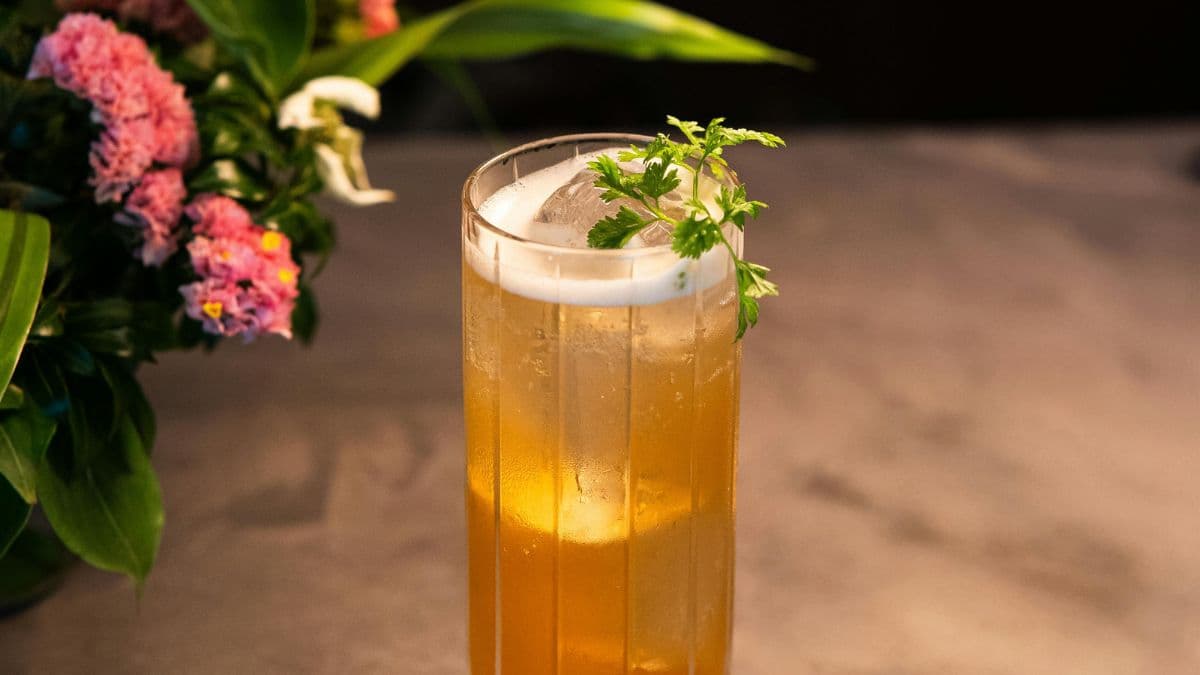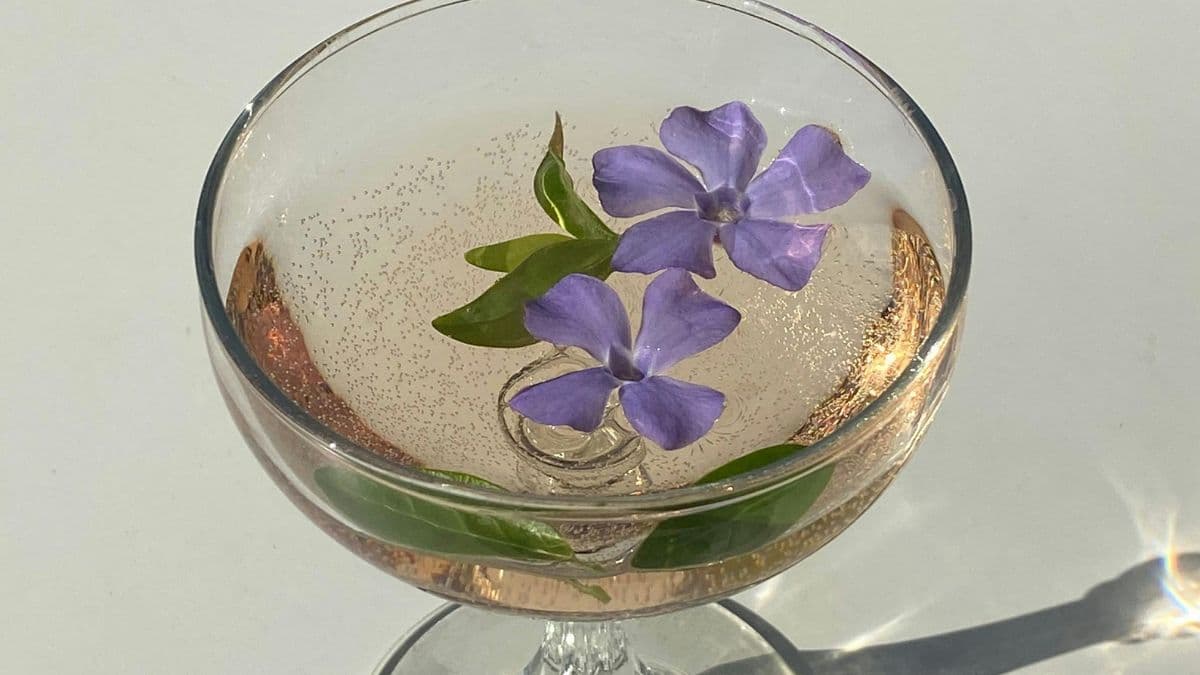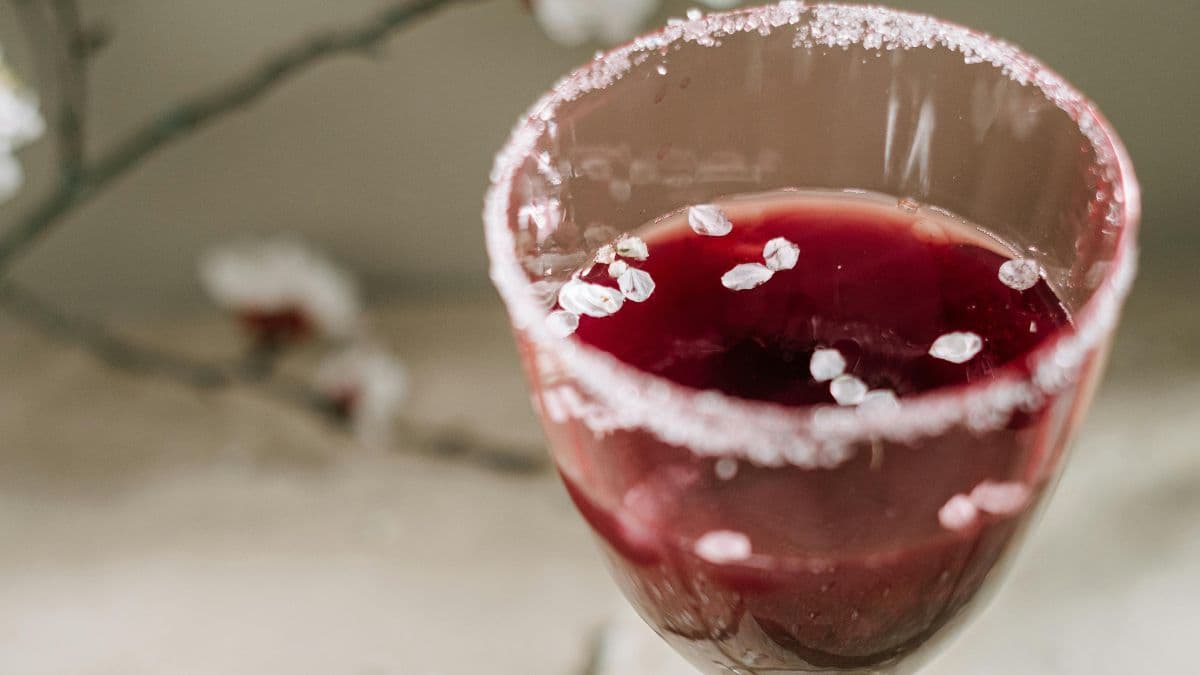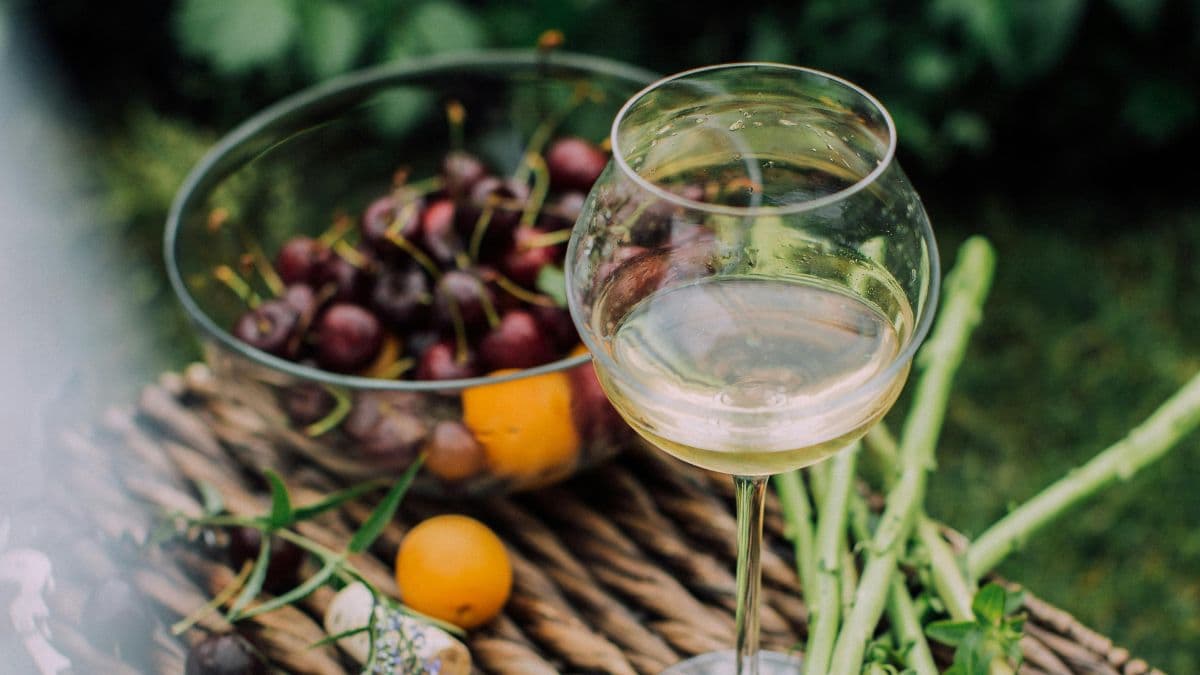Exploring Mahua: A Deep Dive Into India’s Indigenous Floral Liquor
Known for its sweet and floral essence, mahua – an indigenous liquor which is produced by the tribal communities of central India – is deeply rooted in regional cultures and steeped in numerous hyperlocal histories and narratives. The floral liquor is crafted to this day using distillation processes that go back to ancient techniques, with very little change in the production methods. What’s more, while mahua is traditionally produced in central India, and some parts of southern India, it goes by a lot of different names across these diverse regions, which is testament to the sheer localised production and cultural significance it bears.

Where Does Mahua Come From?
The experts at The Good Craft Co., an experience centre engaged in the process of exploring diverse regional spirits and their uses in contemporary mixology, dive deep into the histories and legacies of numerous indigenous liquors including mahua to unearth their hyperlocal nuances. They explain that mahua gets its name from a tree which bears these sweet flowers that are fermented to produce liquor. To this day, the spirit is home distilled in 12 states across India and is generally served by itself, its flavours tapered down following distillation.

Mahua has been around for a long time, historical inference can trace its existence back to the 4-2 BCE, although records in literature appear only around 10-11CE. “Its distillation techniques and processes have remained frozen in time, with hardly any change.”
This traditional production technique leads to the creation of a floral and fruity spirit with notes of guava, cooked rice and a hint of pepper. The spirit tends to be slightly musky and when the dried flowers are cooked over wood fire, it also acquires a pronounced smokiness, reminiscent of the Mexican agave spirit, mezcal.

Also Read: These Are The 7 Best Floral Vodka Cocktails To Try
Harvesting, Distillation And More
The liquor is made using mahua flowers which are in bloom for 2-3 weeks through March and April annually. When the grape-shaped fleshly yellow-green flower falls to the ground it is picked up and dried. As it dries, it transforms into a dull brick red colour. This dried flower is highly sugary and is many times used in lieu of raisins in culinary concoctions.

Once dried completely, the flower is soaked in water in a 1:3 ratio, that is 1 part mahua to every 3 parts of water. While most times the flower ferments with the help of yeast available organically in the air, certain tribal communities in eastern parts of India also add local yeast variants. This mahua, water and yeast mixture is then stored for 4-5 days to ferment fully, although in winters it might take a while longer.
Once mahua is fermented, the TGCC experts explain, “it is usually put on a three-pot distillation system, where the lowest pot has the fermented mahua which is heated on a wood fire, the middle pot is where the vapour collects, and the top one has cold water.” The spirit is sealed off with wet strips of cloth dipped in clay. As the vapour rises and hits the cold surface of the bottom of the top pot, it condenses and drains out through a pipe into a container kept outside.

What makes this straightforward, distilled spirit stand out is that in its most original form, mahua is made out of wild foraged botanicals. Even the fermentation and distillation processes are marked by this local, regional character, where a few floral and botanical elements are sometimes infused into the spirit to build more flavour. Now, as mahua is rapidly being recognised as a complex, nuanced spirit with a bright flavour profile, it is being incorporated widely in contemporary mixology, putting this indigenous spirit and its age-old production techniques on the global stage.
Drink Responsibly. This communication is for audiences above the age of 25.




